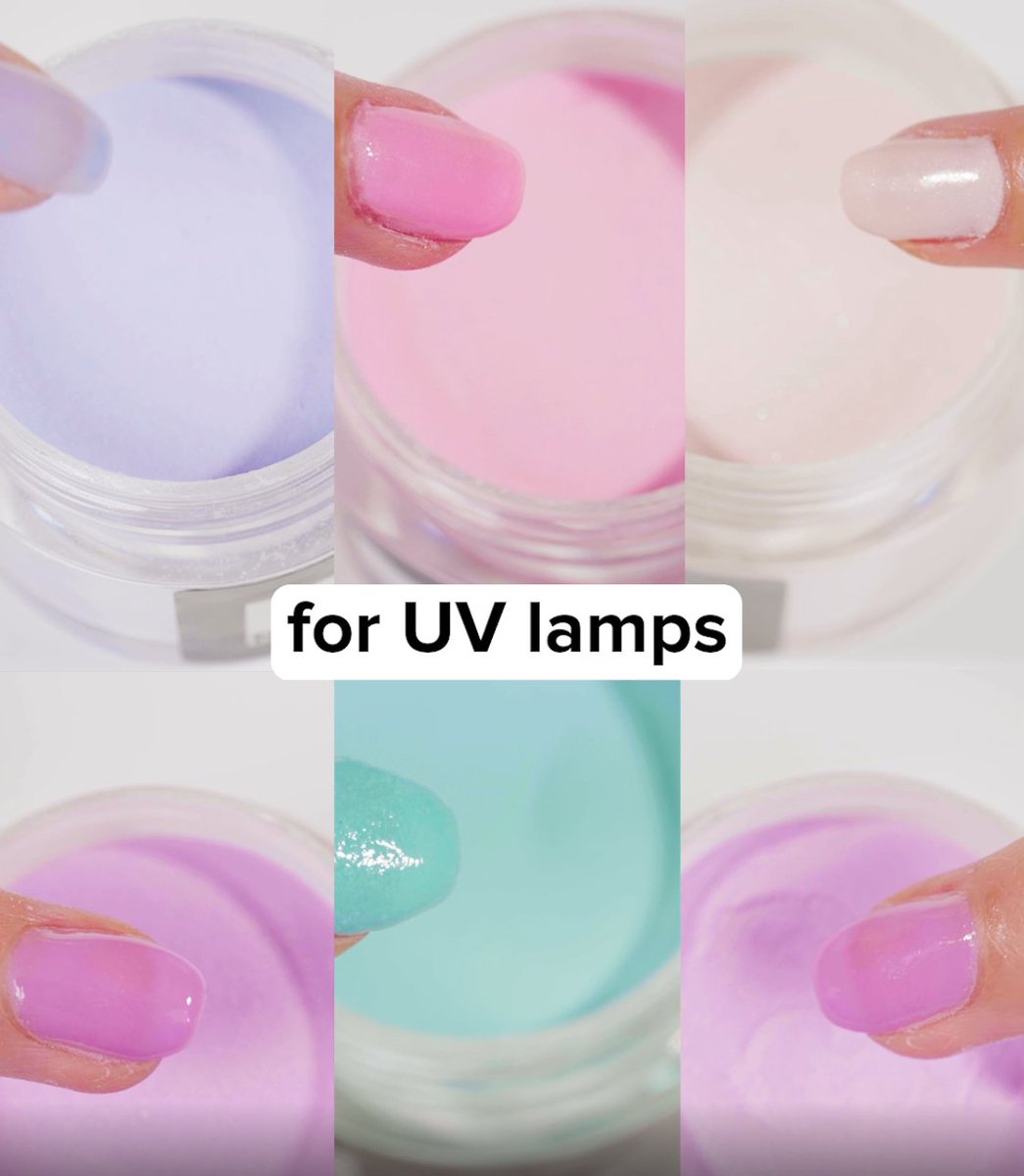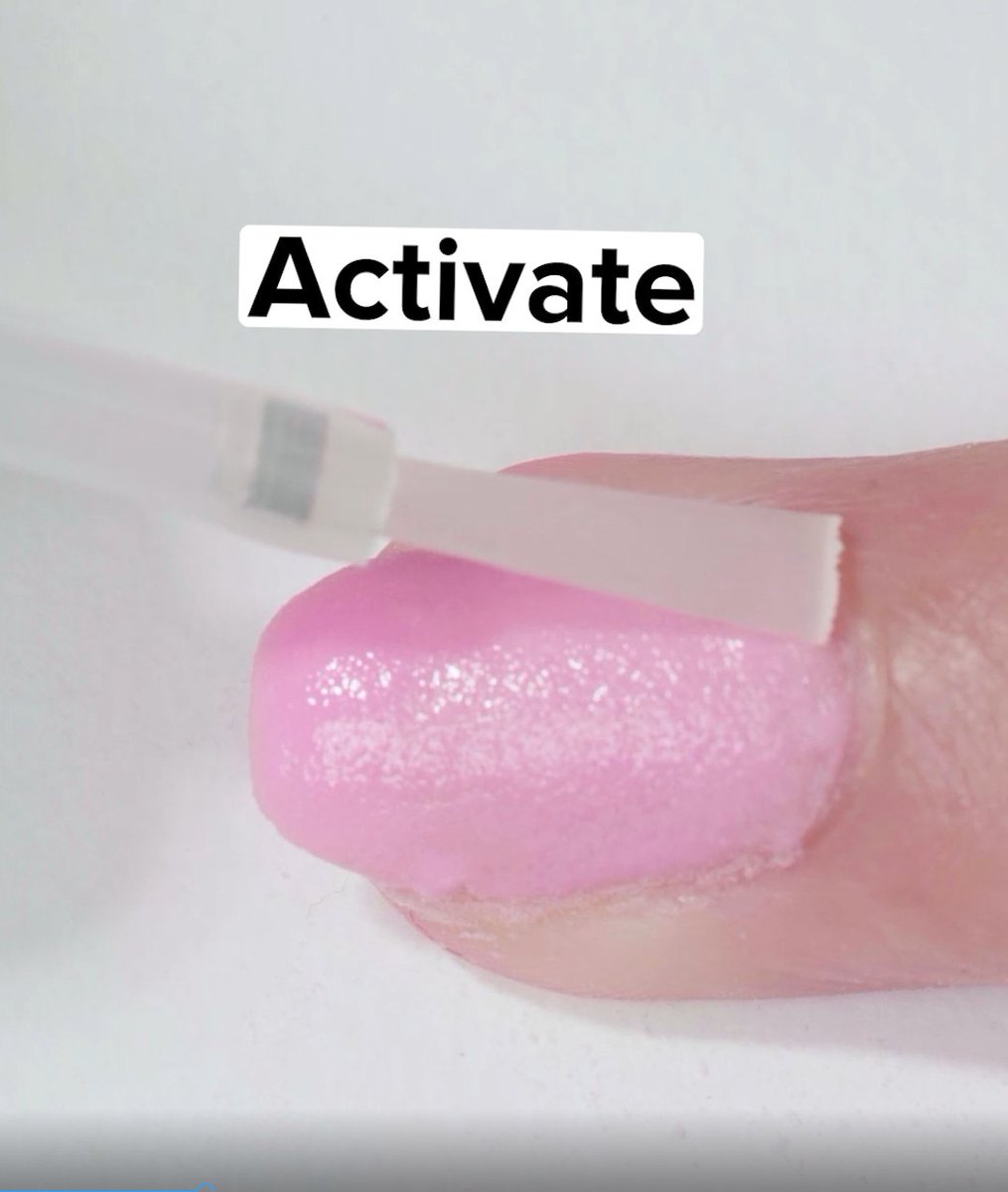Let's do a CREATIVE BREAKDOWN for one of our latest videos 👇
👉Angle: Better than beauty salons
👉Voice over is from a person working at a beauty salon
Let's dive into each segment👇
Short 🧵
👉Angle: Better than beauty salons
👉Voice over is from a person working at a beauty salon
Let's dive into each segment👇
Short 🧵
Then we add secondary selling points:
1. Over 80 colors
2. Price comparison
3. No need for UV lamps
We end the video with a little bit of humor😉
If you like this breakdown please retweet it so others can learn from this 🔥
1. Over 80 colors
2. Price comparison
3. No need for UV lamps
We end the video with a little bit of humor😉
If you like this breakdown please retweet it so others can learn from this 🔥

• • •
Missing some Tweet in this thread? You can try to
force a refresh














